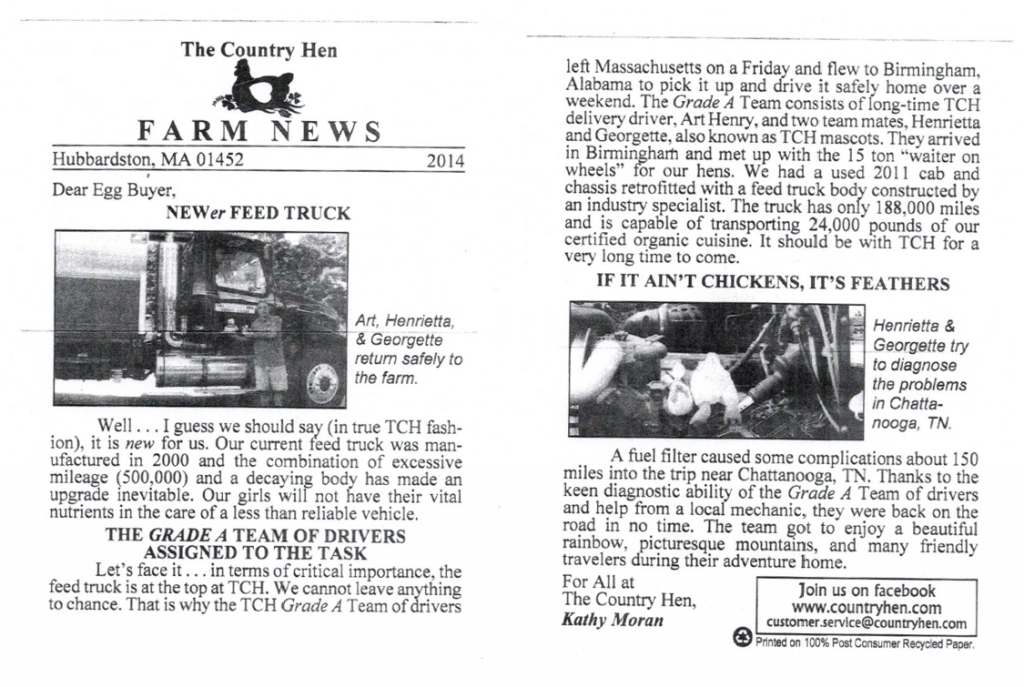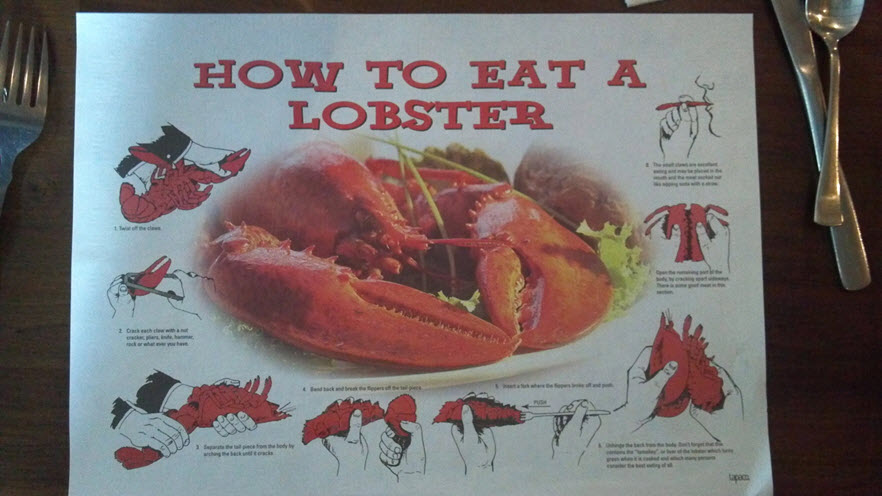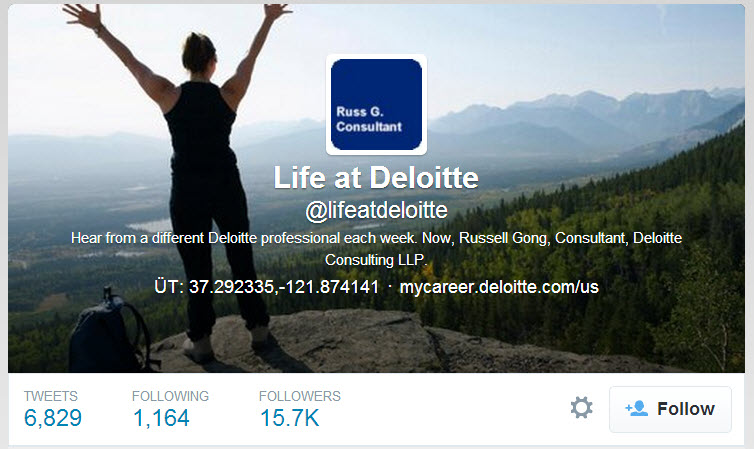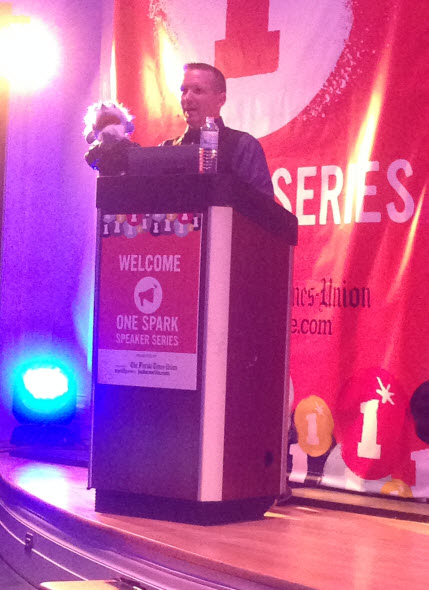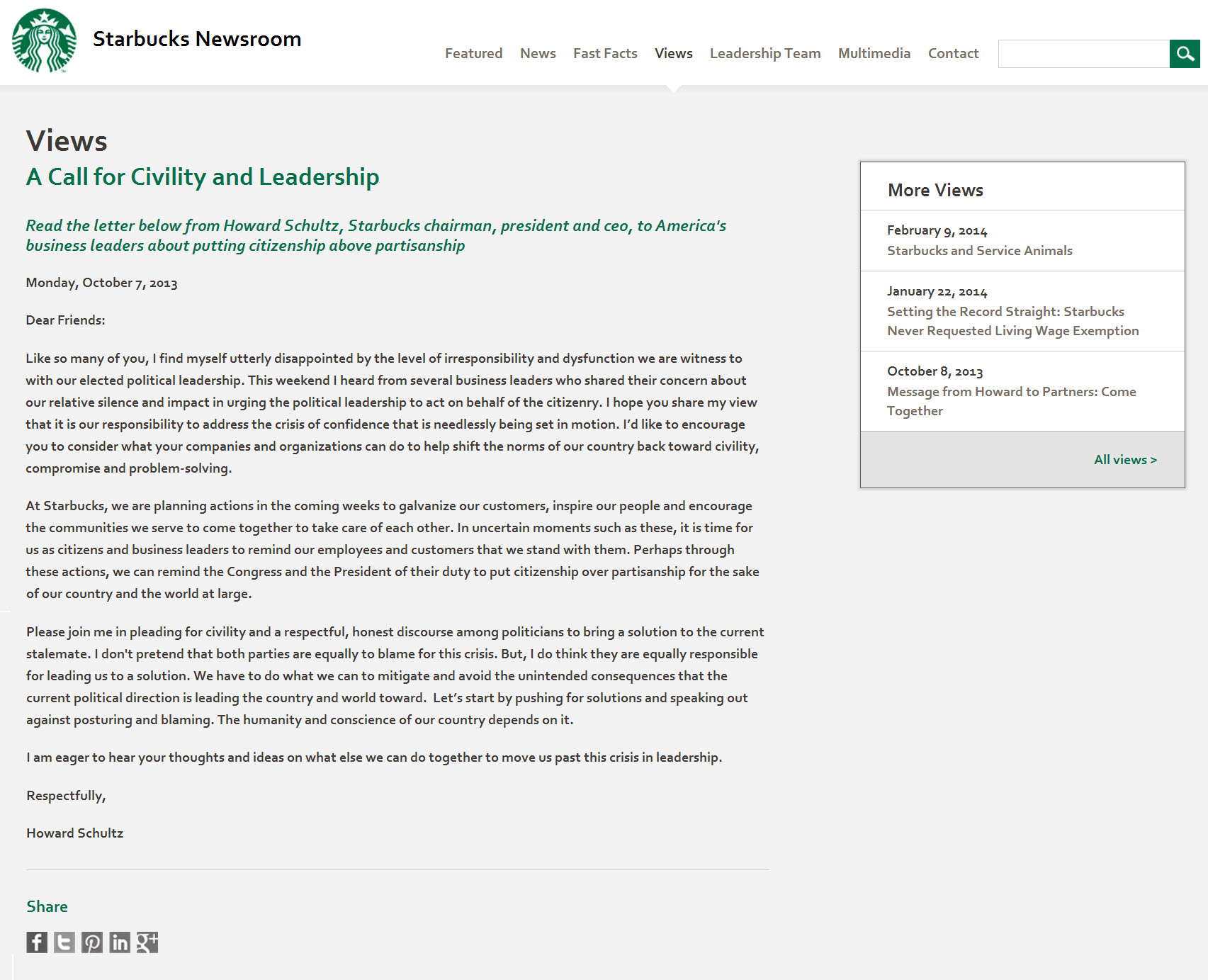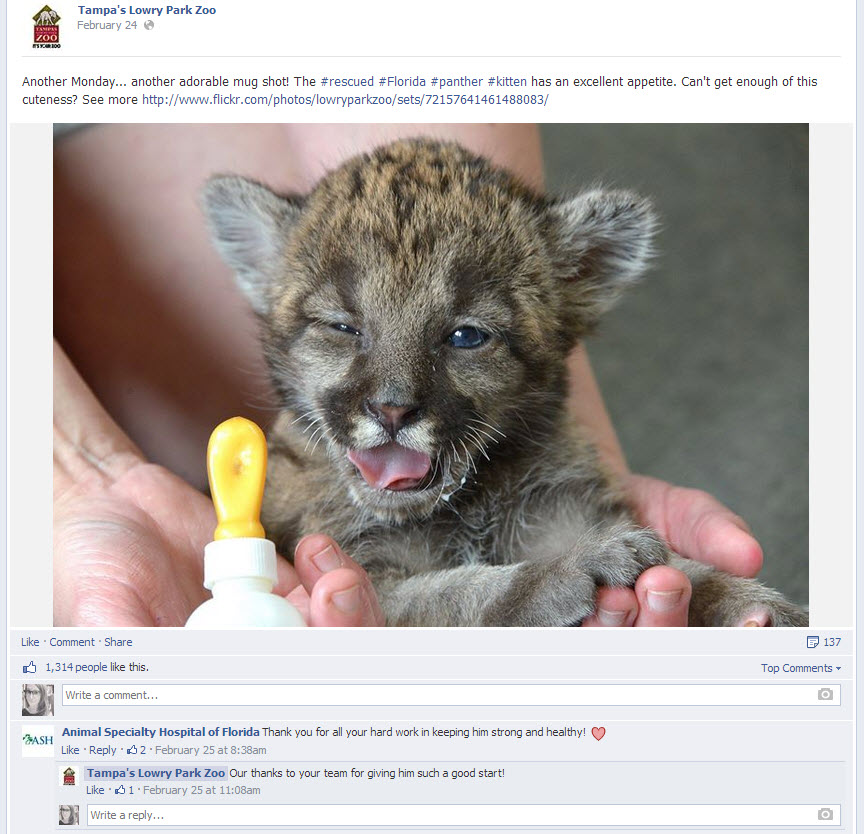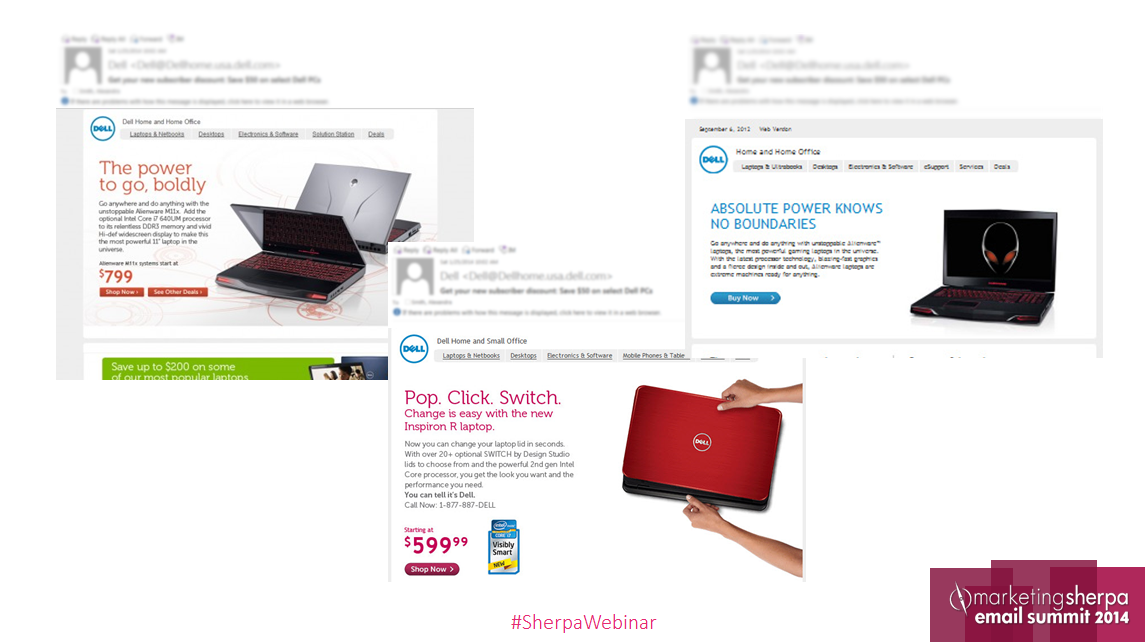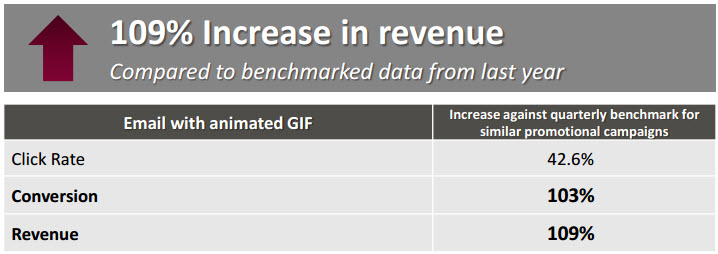Marketing Strategy: What is your “Only Factor”?
Warning: I am about to offend someone. It could be you. It might not be. Either way, I wouldn’t continue reading unless you’re up for having your notion of marketing challenged and you have the time to leave a ranting blog comment — just in case you end up feeling the need to.
Let’s talk about marketing strategy for a moment.
That’s right. Put down your proverbial to-do list, and let’s talk about the force behind the success (or failure) of all your marketing campaigns — your value proposition.
A good value proposition is the key to true sustainable competitive advantage, and without one, you are simply just pushing pixels around, hoping something will stick. However, a good value proposition must have what we call an “only factor.”
There has to be at least one way in which you can say about your product, we are the “only.”
You can match your competitors in many ways, but in at least one way, you must excel. If you do not have this “only factor,” then you are, as Flint McGlaughlin, Managing Director, MECLABS, says, “simply surviving on pockets of ignorance.”
Now, customer ignorance was once a decent way to make a living (when I say “decent,” I’m using it in the old snake-oil sense of the word). Today, thanks to the internet, your customer can learn everything about you and your competition in about three mouse clicks. As information abounds, ignorance decreases.
Our marketing exists in a world where there are very few pockets of ignorance. In a world like that, a true “only factor” is the only way to survive.
If I haven’t offended you yet, I’m about to provide two more opportunities.
Don’t blame the “crowded market”
When teaching these concepts, I often get asked, “What about crowded markets?”
First, I generally ask a group of marketers to raise their hands (gutsy move, I know) if they are currently not working in a crowded market. You want to take a guess at how many hands get raised?
There are no good markets that aren’t crowded. I haven’t met a marketer yet who feels like their market isn’t crowded (and if there is, please introduce yourself to me). We all like to talk about how our market is so crowded, when the reality is that there are few, if any, markets that aren’t crowded.
The point is that opportunities draw crowds. If there is any inkling of an opportunity in your market, it may only be a matter of time, but it will become crowded.
Also, “crowd” is a relative term.
Meaning, the sense of crowding is completely dependent on the available space. Three’s a crowd in the back of a cab — but not so much on a football field. It all depends on the size of your market, and for many niche markets, it only takes a couple competitors to make a crowd.
Here’s the point: Dealing with a “crowd” is a basic experience of marketing. It is not unique. It does not release the marketer from needing a forceful value proposition. If anything, it makes it more necessary.



